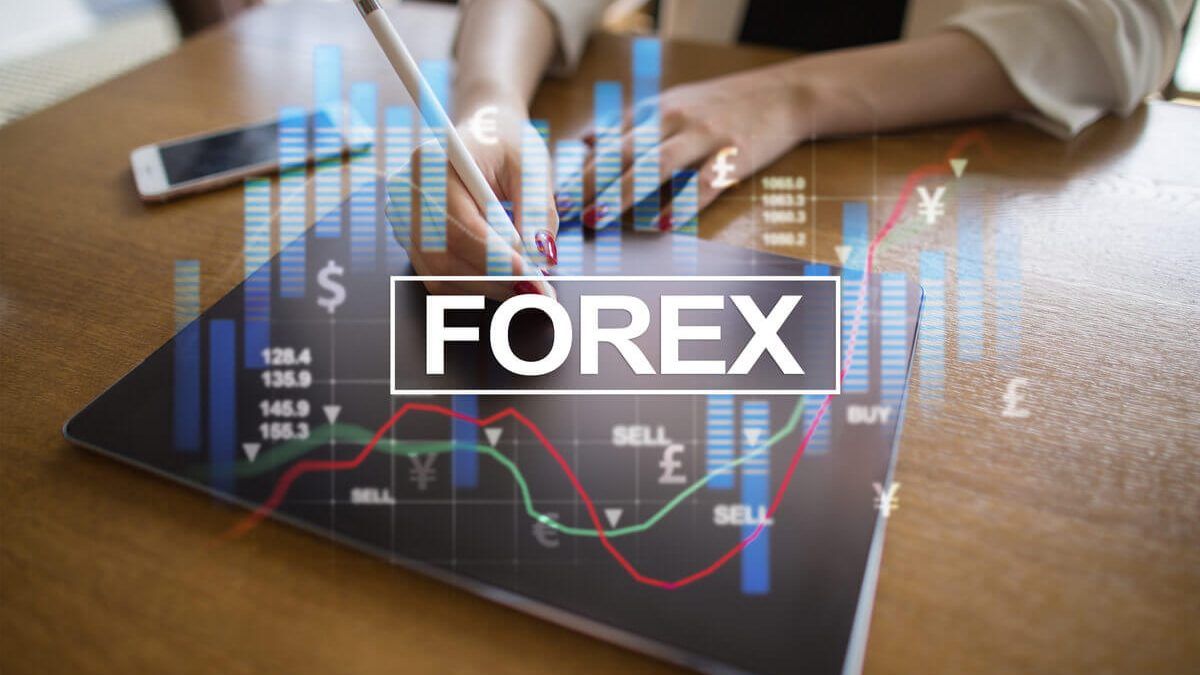
The foreign exchange market, also known as Forex, is one of the largest and most liquid financial markets in the world.
Trillions of dollars are traded daily in different currencies, making it a very attractive market for investors and speculators.
To understand how the foreign exchange market works, it is necessary to know some key concepts such as exchange rates, currency pairs, quotes and the factors that influence the supply and demand of currencies.
What is the foreign exchange market?
The foreign exchange market, also known as Forex (Foreign Exchange), is a decentralized market where the different currencies of the world are traded.
It is the largest and most liquid financial market in the world, with a daily volume of transactions exceeding 5 trillion dollars.
The main purpose of the foreign exchange market is to facilitate the exchange of one currency for another for international transactions, such as the purchase and sale of goods and services in different countries.
In addition, the foreign exchange market is also used by investors to speculate on fluctuations in exchange rates between different currencies.
How does the foreign exchange market work?
The foreign exchange market, also known as Forex, is a decentralized global market in which different currencies are traded.
Different players participate in this market, such as central banks, financial institutions, companies and individual traders.
Trading in the foreign exchange market is done through currency pairs.
Each pair is composed of two currencies, a base and a quote. The value of the pair is determined by the relationship between the two currencies.
The price of currencies is influenced by different factors, such as the economic and political situation of the issuing countries, interest rates and market supply and demand.
Participants in the foreign exchange market
The foreign exchange market is one of the largest and most liquid in the world, with average daily transactions exceeding USD 5 trillion.
The participants in this market are very diverse and range from large international banks to small individual investors.
The main participants are listed below:
- Central banks: Central banks are the main players in the foreign exchange market, as they control monetary policy and have the ability to influence the supply and demand of domestic currencies;
- Commercial banks: Commercial banks also play an important role in the foreign exchange market, as they provide foreign exchange services to their clients and engage in speculative trading for profit;
- Investment funds: Investment funds are large institutional investors that seek to make profits through trading in the foreign exchange market;
- Individual investors: Individual investors can also participate in the foreign exchange market through brokers or online platforms.
In short, the foreign exchange market is a space where different players with different objectives and interests converge.
Central banks
Central banks are government institutions in charge of regulating a country's monetary policy.
Their main objective is to maintain economic stability and control inflation.
To achieve this, central banks can take various actions, such as changing interest rates, intervening in the foreign exchange market or printing more money.
In the foreign exchange market, central bank decisions are very important as they can significantly affect the value of a currency.
Commercial banks
Commercial banks are the main participants in the foreign exchange market.
They offer foreign exchange services to their customers and also engage in speculative transactions in the interbank market.
Commercial banks have a major influence on exchange rates due to their trading volume and their ability to influence the supply and demand for a given currency.
Institutional investors
In addition to retail traders, institutional investors also participate in the foreign exchange market.
These are large financial companies, central banks, investment funds and other market players that handle large amounts of money.
Institutional investors have a great deal of influence in the foreign exchange market, as their trades can move large amounts of money and affect currency prices.
In addition, they often have access to inside information and advanced tools for market analysis.
Retail investors
Retail investors are those who operate in the foreign exchange market with relatively small amounts of capital.
Unlike institutional investors, they can move large sums of money and have access to inside information, retail investors must rely on their own analysis and strategies to make a profit.
For retail investors, the foreign exchange market offers a wide range of investment options, from major currency pairs to exotic crosses.
In addition, they can use tools such as leverage to increase their buying power and earn higher profits.
Most traded currency pairs on the Forex market
The Forex market is the world's largest financial market and trillions of dollars in currencies are traded daily.
Currency pairs are the basis of the Forex market and represent the relationship between two different currencies.
The most traded currency pairs in the Forex market are:
- EUR/USD (Euro/US Dollar);
- USD/JPY (U.S. Dollar/Japanese Yen);
- GBP/USD (British Pound/U.S. Dollar);
- AUD/USD (Australian Dollar/US Dollar);
- USD/CHF (US Dollar/Swiss Franc).
These currency pairs are the most traded due to their high liquidity and volatility, making them a popular choice for Forex traders.
Factors affecting the value of currencies
The value of currencies is influenced by a number of factors, the most important of which are:
- Monetary policy: central bank decisions on interest rates and money supply can significantly affect the value of a currency;
- Economic conditions: Economic growth, employment levels, inflation and other macroeconomic indicators can influence the value of a currency;
- Political and social factors: Political and social events can have a significant impact on the value of a currency;
- Trade and financial flows: Trade and financial flows between countries can also affect the value of their respective currencies.
It is important to note that these factors do not act in isolation, but interact with each other to determine the relative value of different currencies.
Economic Factors
The foreign exchange (Forex) market is influenced by a large number of economic factors, including:
- Monetary policy: central bank decisions on interest rates and money supply can affect the strength of a currency;
- Economic growth: a country's economic growth can have an impact on its currency, as higher growth can attract foreign investors and strengthen the currency;
- Inflation: Inflation can weaken a currency by reducing the purchasing power of consumers and increasing the cost of imported goods;
- Fiscal policy: government decisions on taxes and spending can have an impact on the economy and, therefore, on the country's currency;
- Terms of trade: The terms of trade refers to the relationship between a country's export and import prices.
It is important to take these economic factors into account when trading in the Forex market, as they can significantly affect fluctuations in exchange rates.
Political and social factors
Political and social factors can also have a major impact on the foreign exchange market.
Changes in government policy, elections, international conflicts and economic crises can significantly affect the currencies of the countries involved.
Similarly, if a country has elections coming up, political uncertainty can lead to volatility in its currency.
It is important to take these political and social factors into account when trading in the foreign exchange market, as they can have a significant impact on the profitability of an investment.
Technical and fundamental analysis in the Forex market
In order to make informed decisions in the Forex market, it is important to know and understand the two types of analysis that are used:
- Technical analysis: Technical analysis is based on the study of price charts and patterns in order to predict future market movements.Technical analysts use tools such as indicators, trend lines and moving averages to identify patterns and trends.The goal of technical analysis is to determine when to buy or sell a currency based on the information that can be gleaned from the chart;
- Fundamental analysis: Fundamental analysis, on the other hand, is based on the study of economic and political factors that can affect the supply and demand of a currency.The objective of fundamental analysis is to determine the actual value of a currency and compare it to its current market value.If a fundamental analyst believes that a currency is undervalued, he or she may recommend buying that currency in the hope that its value will increase in the future.
In summary, both technical analysis and fundamental analysis are important in understanding how the Forex market works.






